
In today’s fast-paced tech world, Site Reliability Engineering (SRE) has evolved into one of the most in-demand disciplines bridging software development and IT operations. However, to truly excel and accelerate your career in this field, you need more than just experience — you need a clear SRE Skill Map. Building an SRE skill map helps you identify your strengths, uncover gaps, and align your technical and strategic competencies with modern reliability practices.
Let’s explore how to build an effective skill map that can set you apart as a high-performing SRE professional.
1. Understand the Core of SRE
Before you start mapping skills, it’s essential to understand what SRE truly entails. Site Reliability Engineering focuses on ensuring that systems are scalable, reliable, and efficient, using a combination of software engineering, automation, and operations.
Core pillars of SRE include:
Monitoring and Observability – Tracking system performance using metrics, logs, and traces.
Incident Management – Detecting, mitigating, and learning from failures.
Automation and Tooling – Reducing toil through scripting, CI/CD pipelines, and configuration management.
Performance Optimization – Ensuring high availability and service-level objectives (SLOs).
Resilience Engineering – Designing systems to gracefully handle failure.
By understanding these domains, you create the foundation for a focused skill map.
2. Define Your Career Level and Goals
Your skill map should align with your current experience level and future ambitions.
Ask yourself:
Are you just starting out in DevOps or IT operations?
Are you aiming to move into a senior or lead SRE role?
Do you want to specialize in areas like cloud reliability, AIOps, or platform engineering?
For beginners, focus on foundational tools like Linux, Git, Docker, and Python. For experienced professionals, emphasize cloud reliability (AWS, GCP, Azure), service-level management, and site resilience design.
Setting a goal-driven structure ensures your skill map evolves as your career grows.
3. Map Out the Core SRE Skill Categories
A well-designed SRE skill map typically includes these key categories:
a. Technical Skills
Programming & Automation: Python, Go, Bash scripting.
Infrastructure Management: Terraform, Ansible, Kubernetes.
Monitoring & Observability: Prometheus, Grafana, Datadog, OpenTelemetry.
Cloud Platforms: AWS, Google Cloud, Azure.
CI/CD Pipelines: Jenkins, GitHub Actions, ArgoCD.
b. Reliability & Performance Skills
Defining SLIs, SLOs, and Error Budgets.
Implementing Chaos Engineering for resilience.
Understanding capacity planning and load testing.
c. Soft & Leadership Skills
Incident communication and cross-team collaboration.
Postmortem culture — learning without blame.
Strategic thinking for reliability trade-offs.
This layered approach ensures a balance between hard and soft skills — both equally vital for career acceleration.
4. The Importance of SRE Foundation and Practitioner Certifications
While experience is crucial, certifications play a key role in validating your expertise and making your skill map more credible.
The SRE Foundation Certification helps professionals grasp the fundamentals of reliability engineering, including core concepts like service-level indicators, automation, and error budgets. It’s ideal for beginners or DevOps engineers transitioning into SRE roles, as it builds a strong conceptual base.
On the other hand, the SRE Practitioner Certification is designed for professionals who already have hands-on experience. It focuses on advanced topics such as scaling reliability practices, measuring SLIs/SLOs in production, and implementing chaos engineering. Together, these certifications act as benchmarks for your growth — showcasing both your theoretical understanding and practical capability.
Employers often view certified professionals as more structured, reliable, and aligned with modern SRE frameworks, which can significantly boost your career opportunities and salary potential.
5. Perform a Gap Analysis
Once you’ve outlined your skills, evaluate where you currently stand.
Create a table or mind map listing each skill and your current proficiency level (e.g., Beginner, Intermediate, Expert). Identify areas where improvement is needed and plan actionable steps like:
Taking SRE Foundation and Practitioner certifications for structured learning.
Enrolling in hands-on labs or workshops.
Participating in open-source reliability projects.
This targeted improvement plan helps you grow systematically rather than randomly learning new tools.
6. Continuously Update and Evolve
The reliability landscape changes rapidly — from AIOps to observability-driven automation.
Your skill map should evolve quarterly, tracking:
New tools (e.g., eBPF, OpenTelemetry).
Emerging practices (e.g., reliability scorecards, chaos experiments).
Certifications or achievements that validate your progress.
Updating your map keeps you ahead of industry trends and ensures your skills remain competitive in the job market.
7. Leverage Your Skill Map for Career Growth
Once your SRE skill map is ready, use it strategically:
Showcase it in performance reviews to highlight growth.
Share insights on LinkedIn or blogs to establish thought leadership.
Use it as a roadmap for promotions or certifications.
When recruiters or managers see structured skill progression, it signals focus, clarity, and commitment — qualities that accelerate your career faster than any single certification alone.
Final Thoughts
Building an SRE Skill Map is not just a one-time exercise — it’s an ongoing strategy for personal and professional evolution. By mapping your competencies, assessing gaps, and aligning them with the latest industry standards and certifications, you transform from a reactive engineer into a proactive reliability leader.
In an age where reliability defines user trust, your skill map — supported by the right certifications — becomes your most powerful tool for career acceleration.


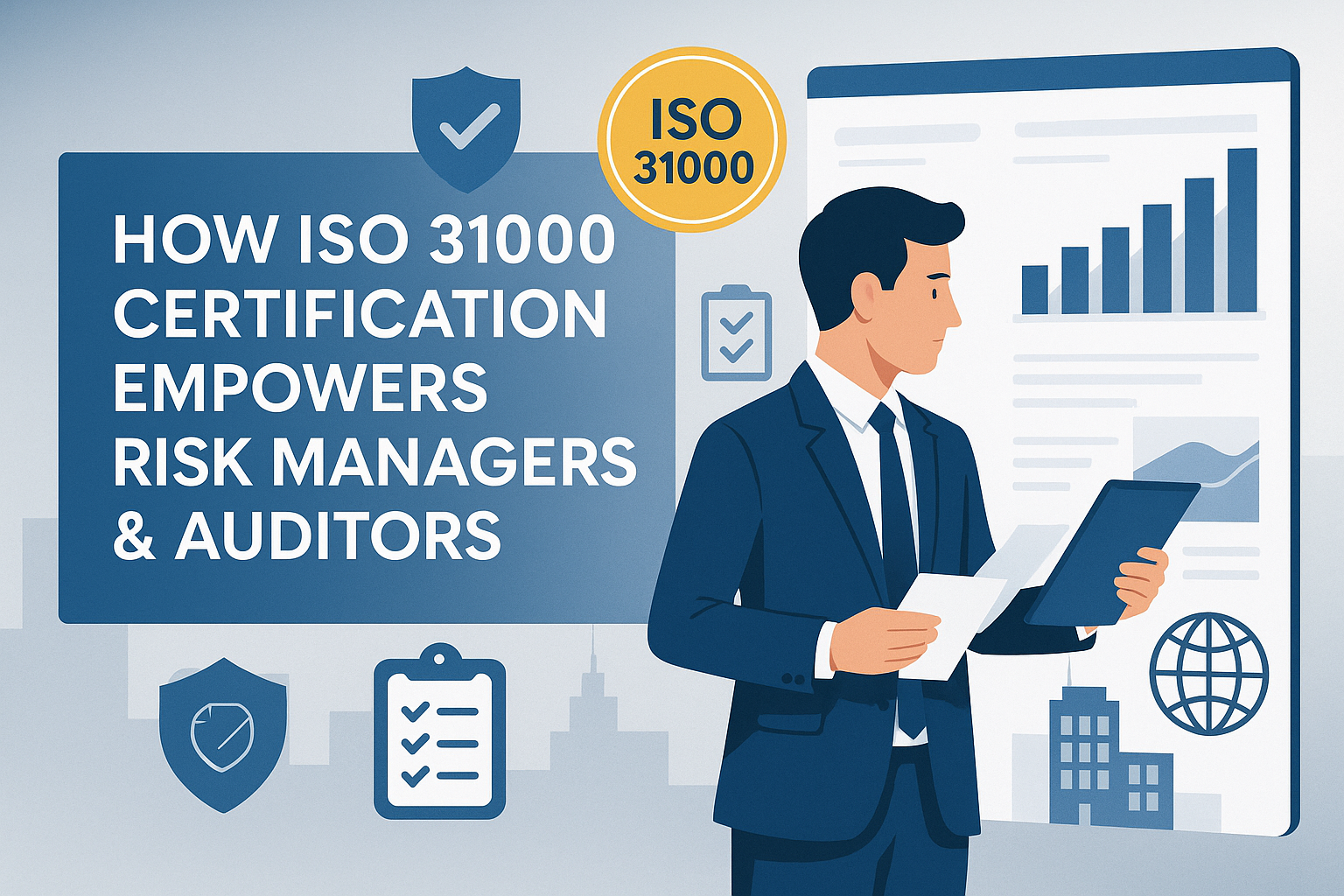
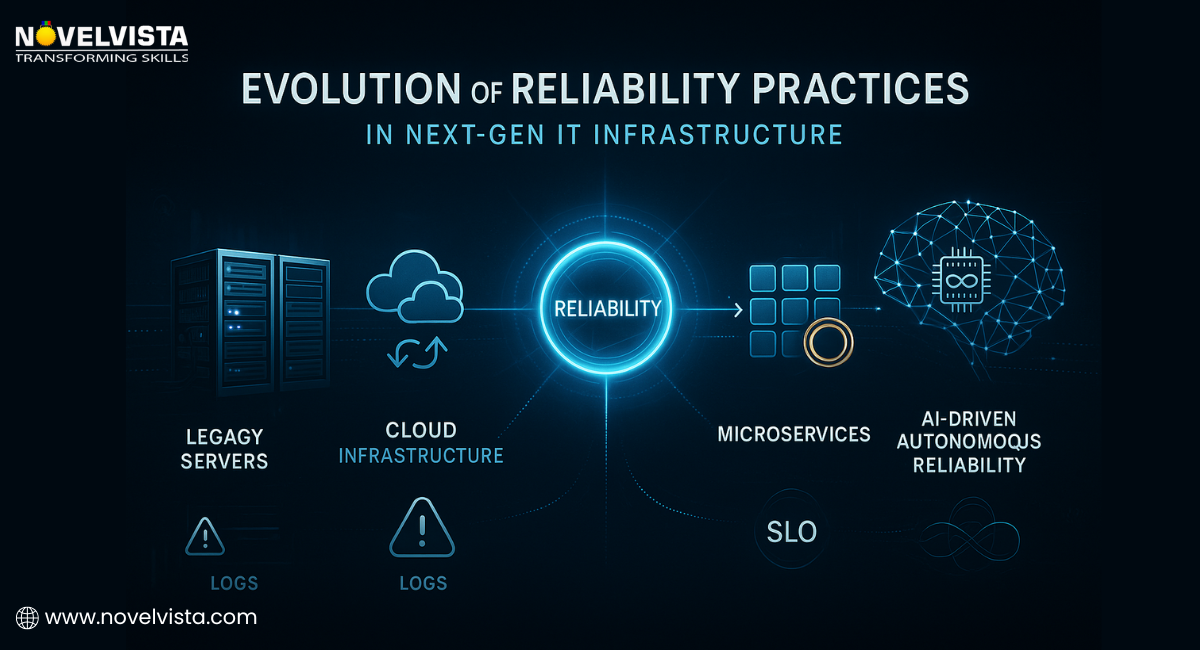


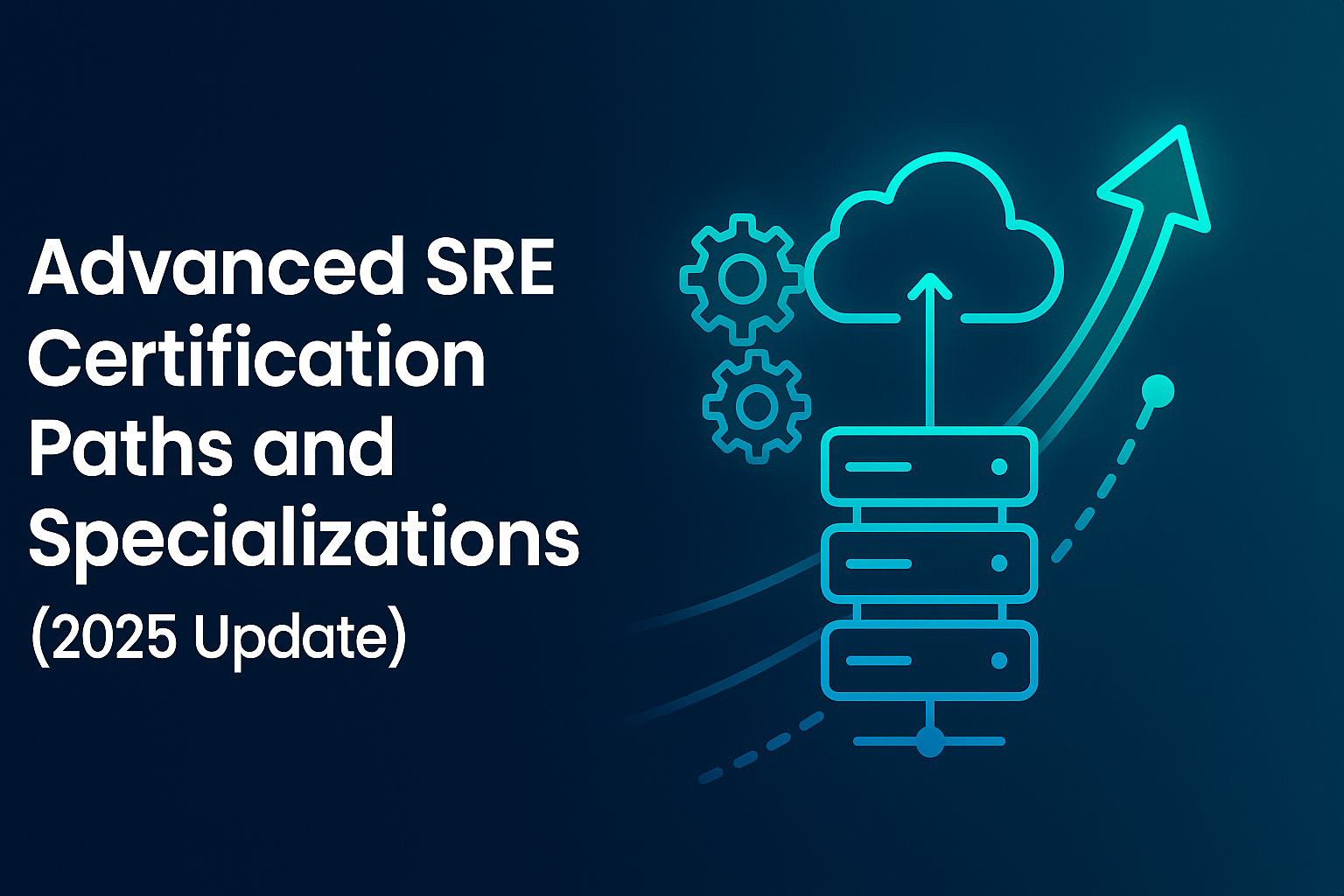
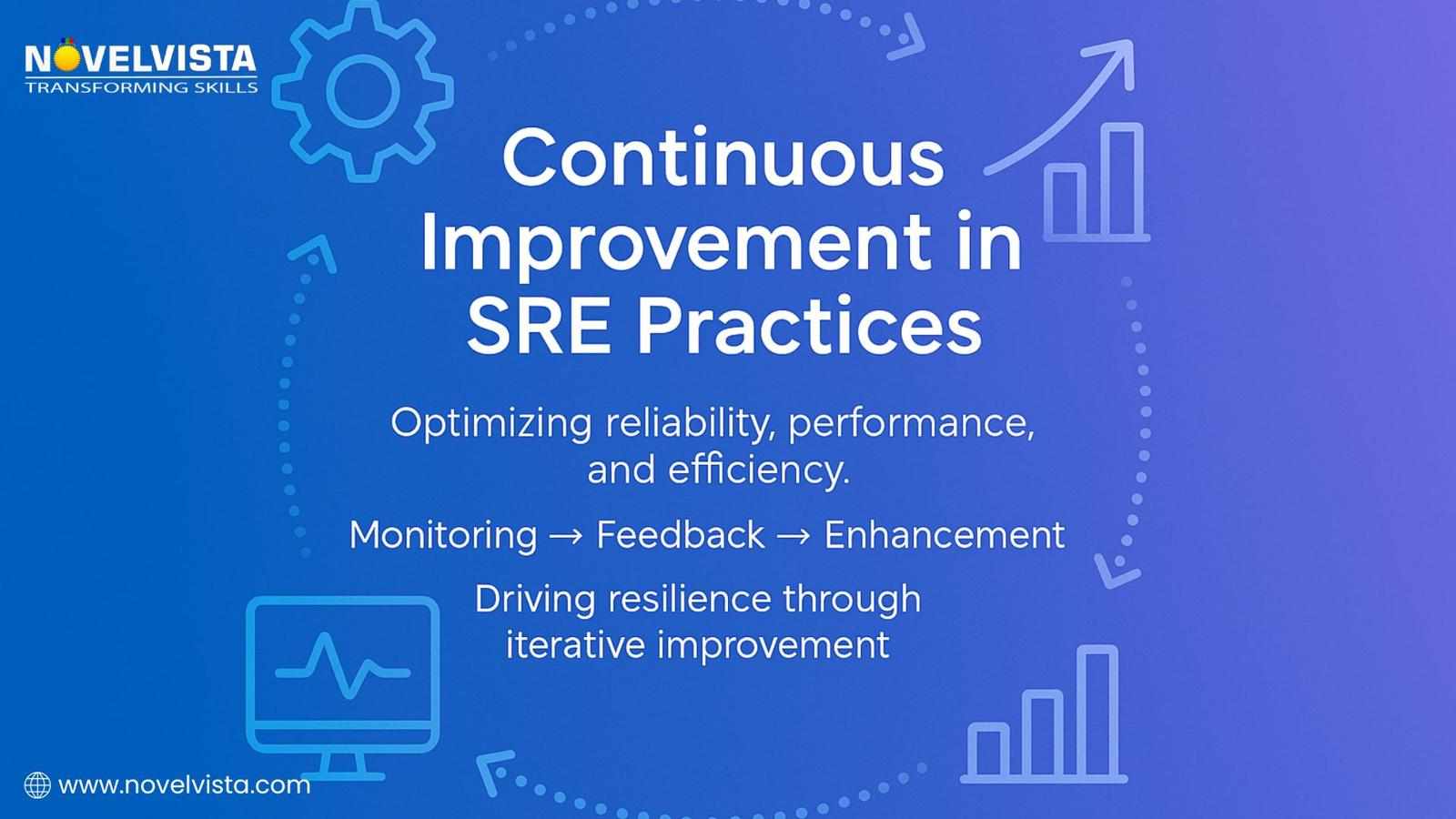
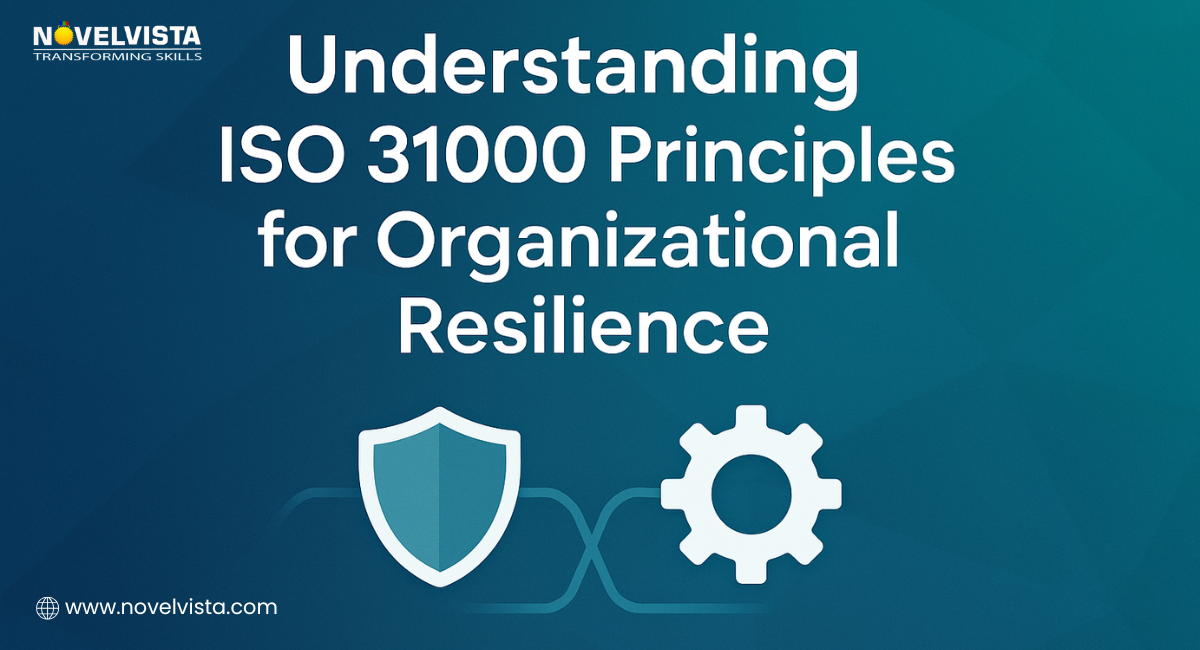

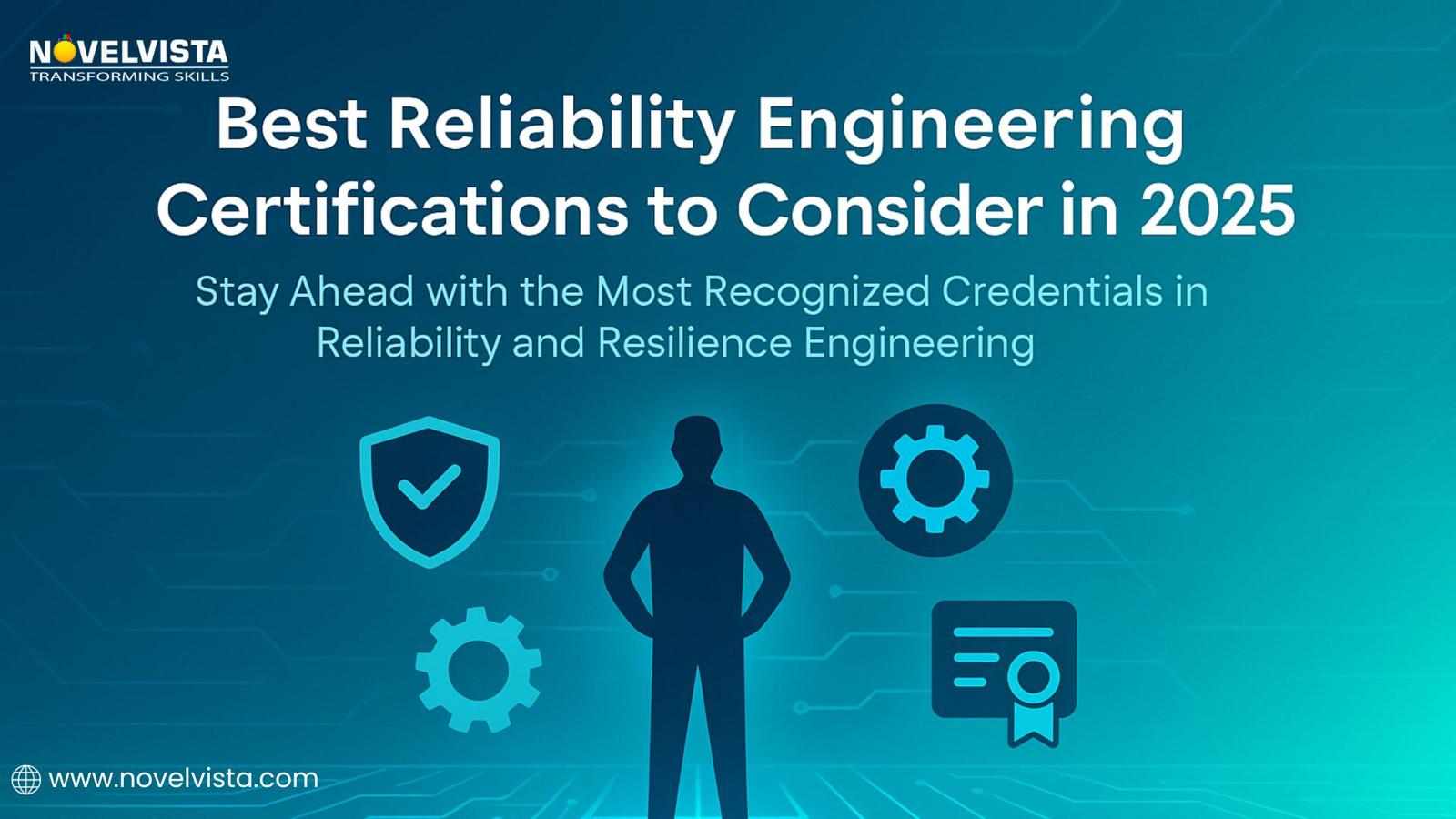
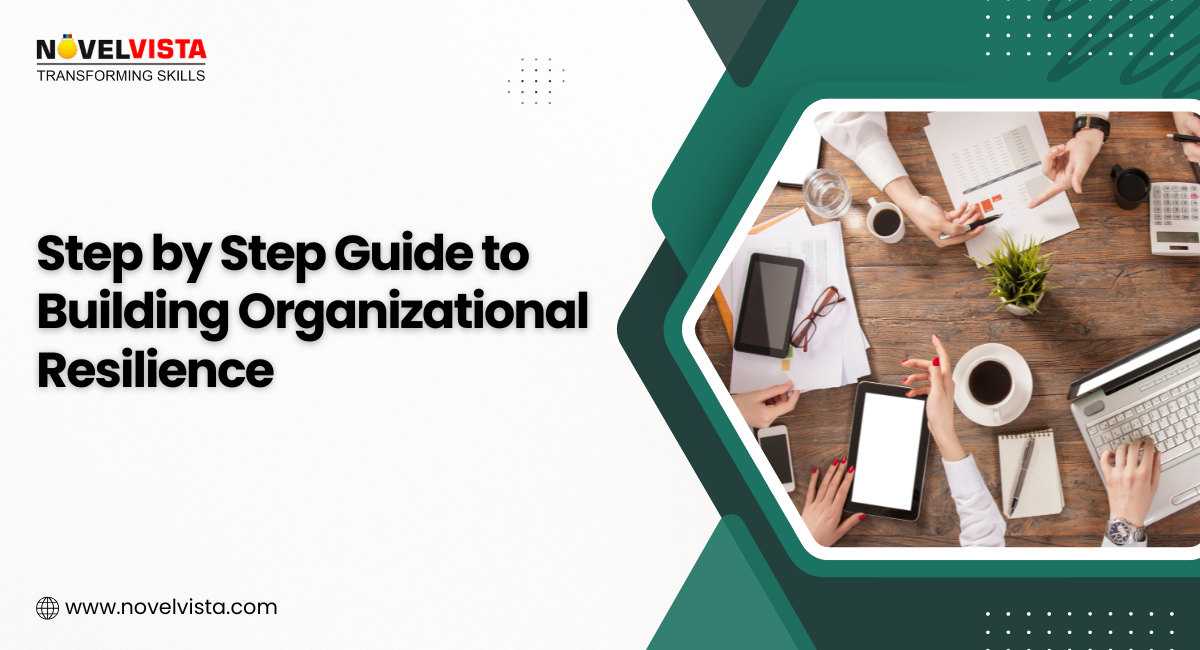
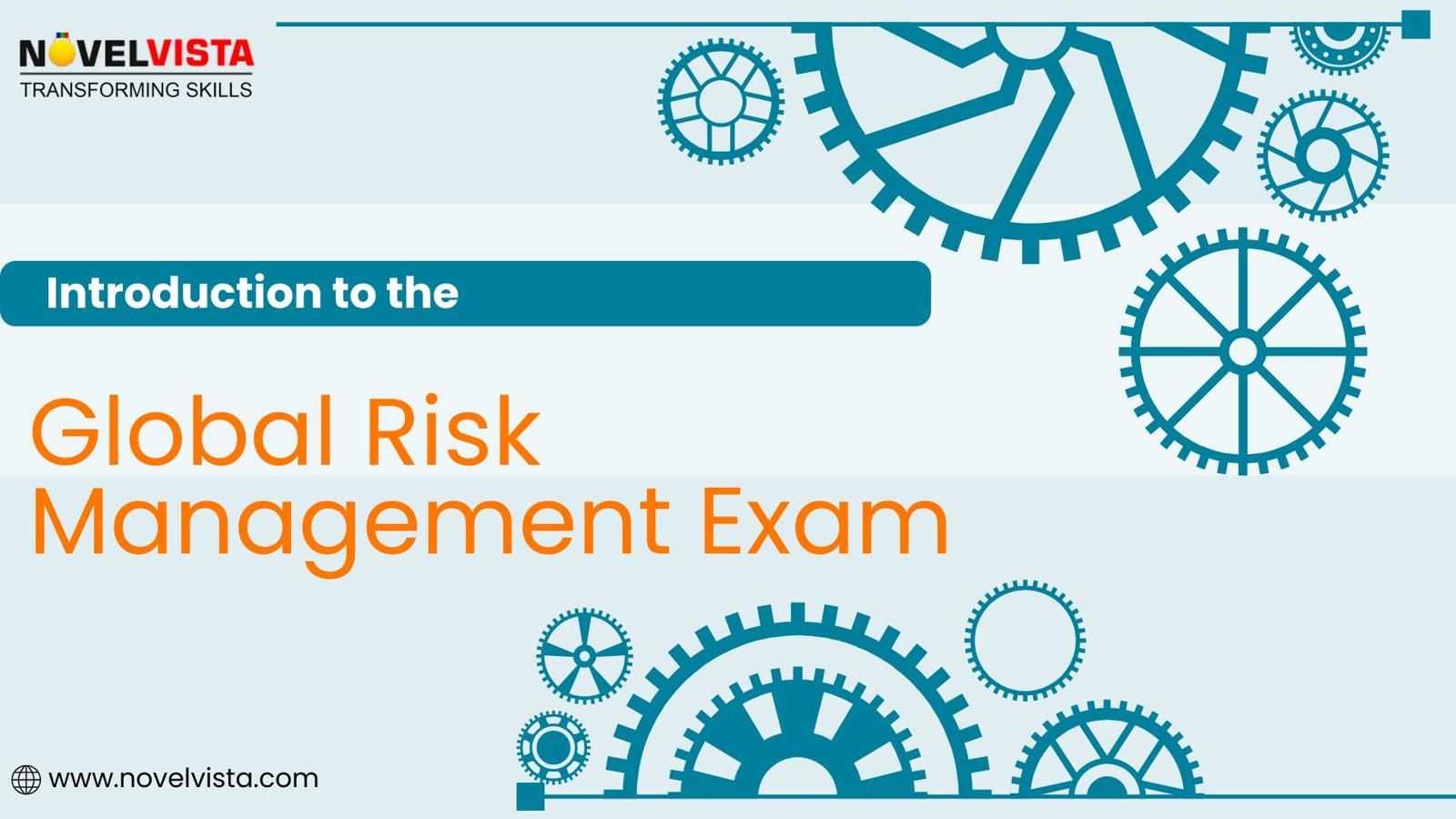



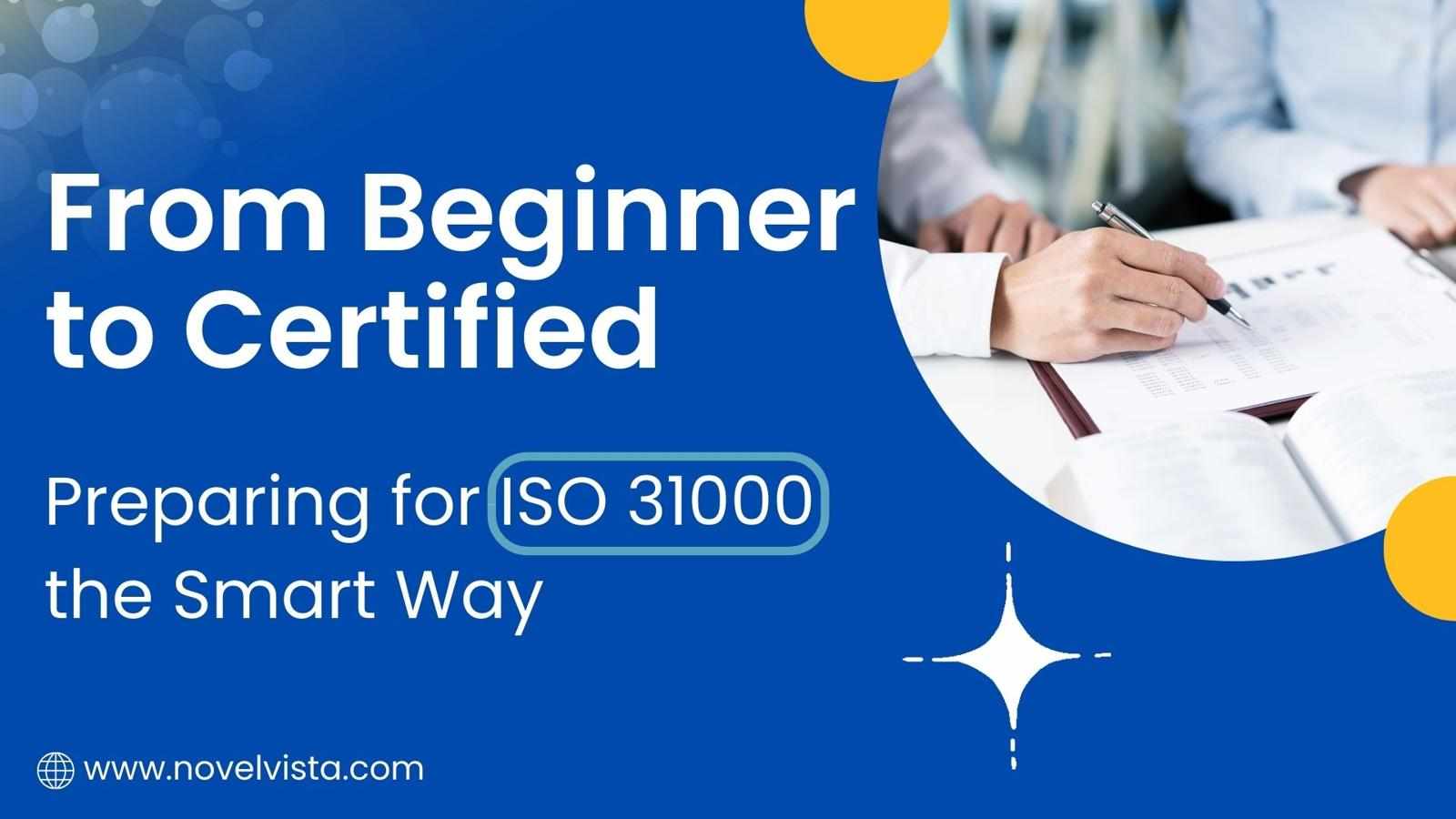
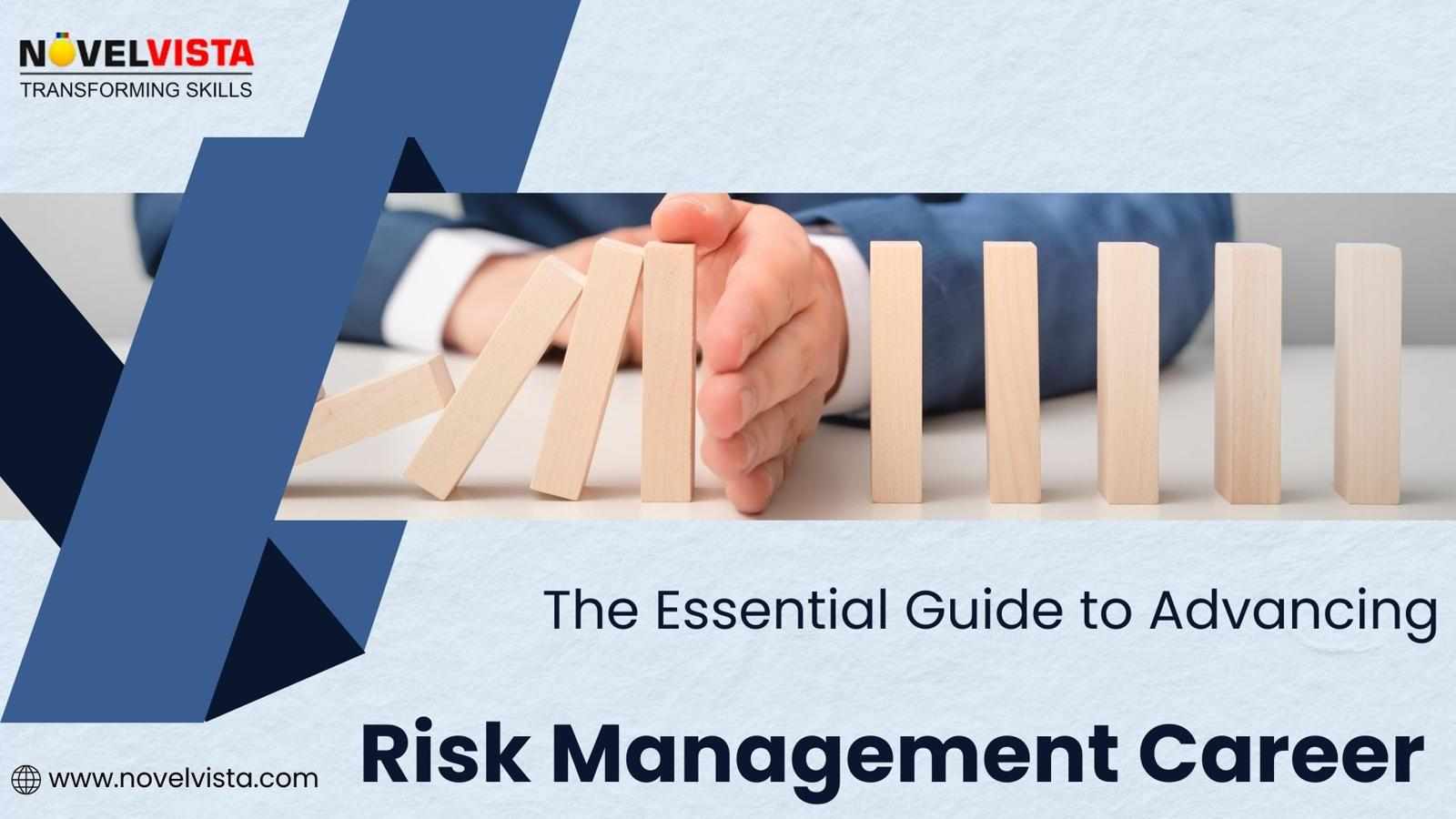
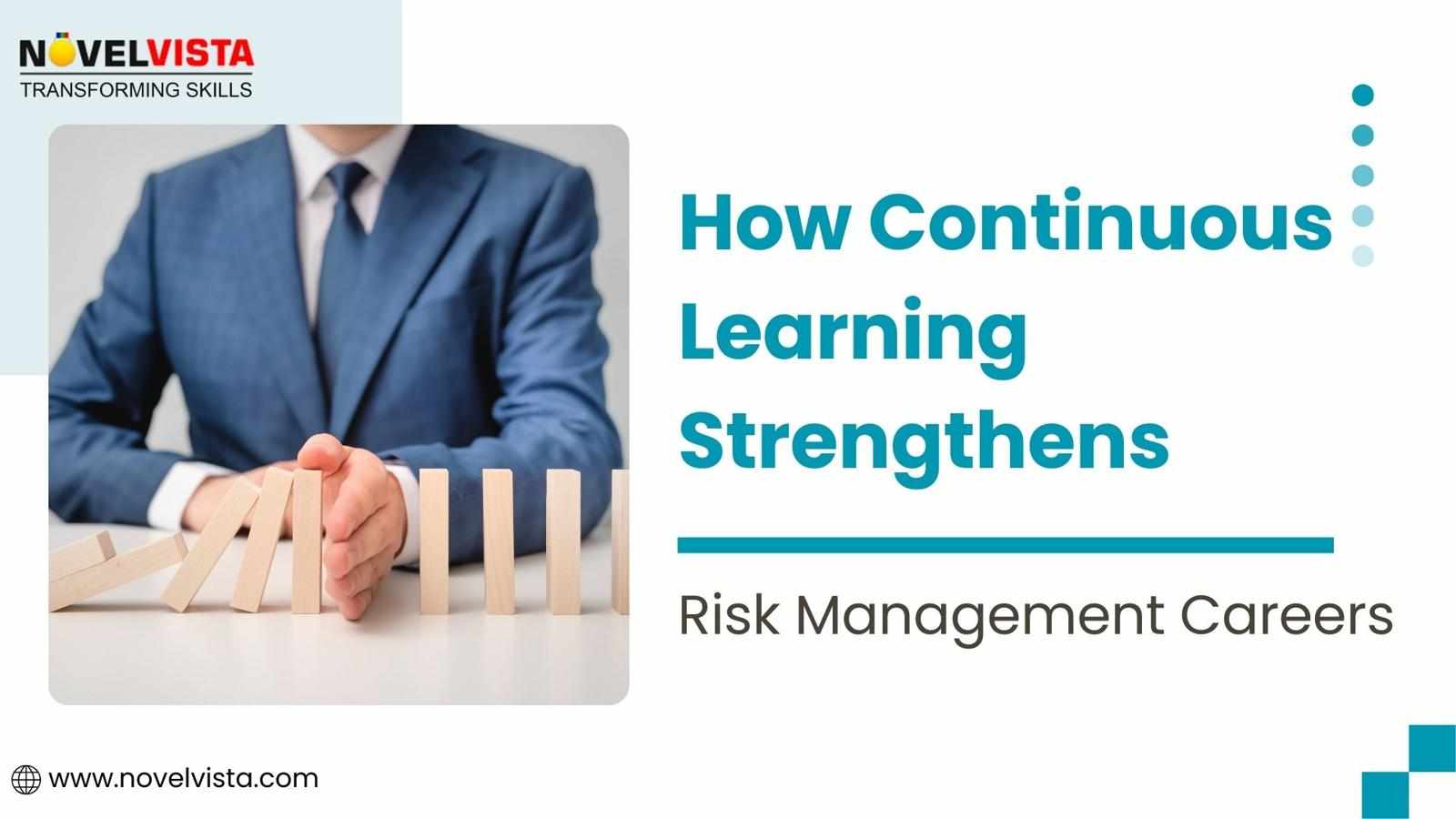
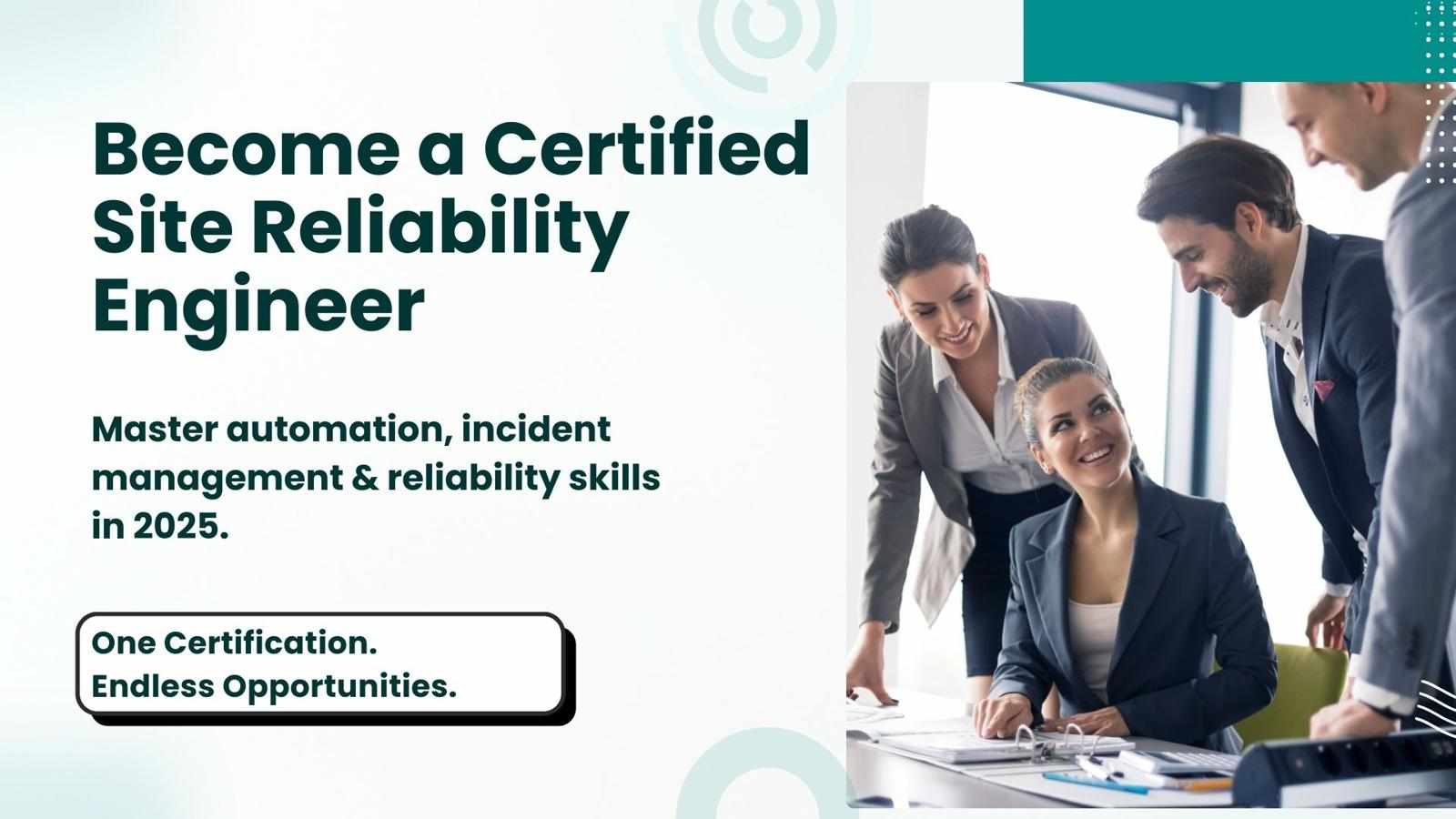
Write a comment ...